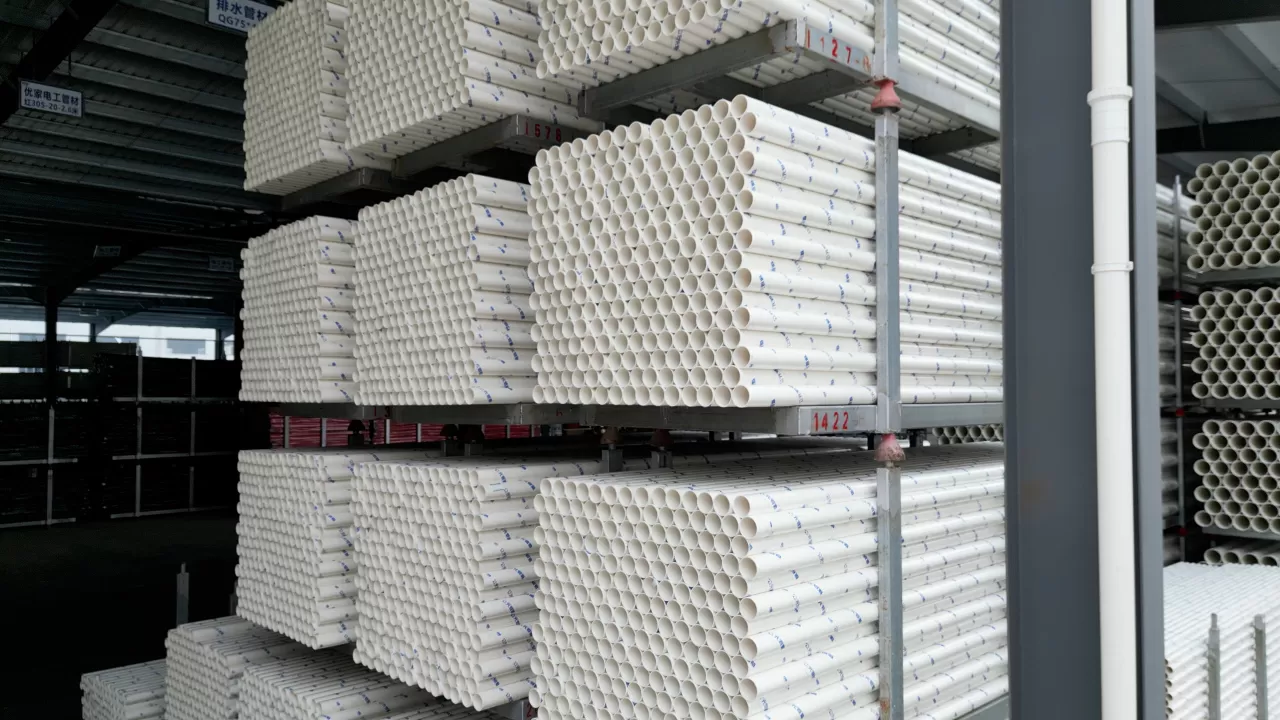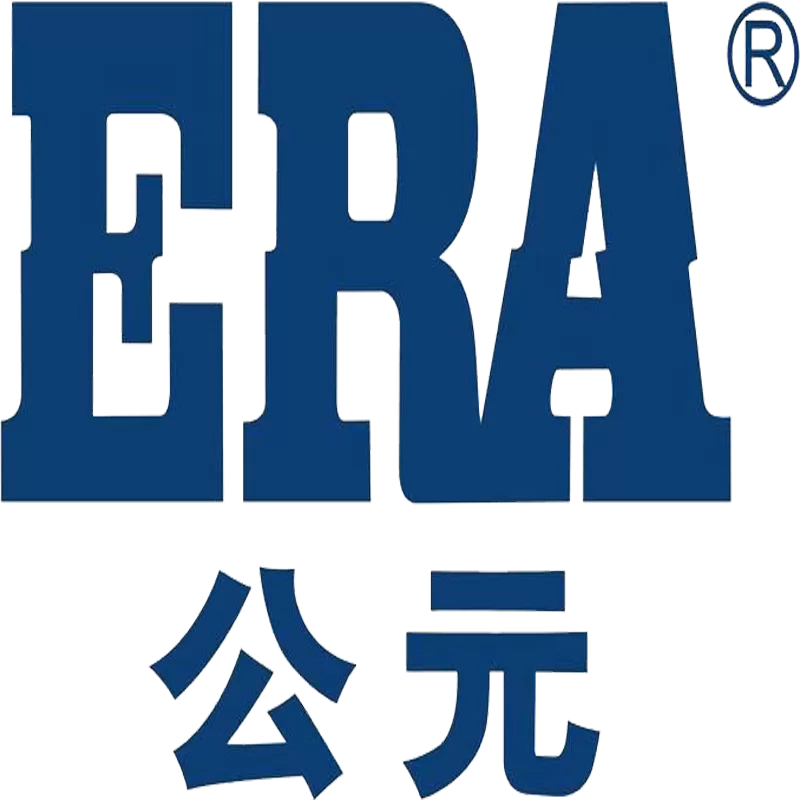Hubei Au Yuan Building Materials Co., Ltd. Detailed explanation of the construction process of Au Yuan PVC drainage pipeline 1. Drain pipe hole reservation (1) Construction process Reserved hole mold making Civil formwork inspection Handover drainage pipe installation positioning scribing reserved hole mold installation quality inspection and acceptance (rectification) Concrete pouring (inspection and protection) Reserved hole mold removal Drainage pipe installation Reserved hole plugging (2) Production of reserved hole mold 1. Mold selection and specifications: Reserved hole mold is made of steel pipe, according to the design drain pipe specifications, according to its 1.4 - 1.7 times the size of the steel pipe. 2. Mold processing: Use a cutting machine to intercept the steel pipe with the same thickness as the cast-in-place plate in three small rooms, and cut a triangle of about 1cm on the side wall of the steel pipe to create a steel casing with a large upper mouth and a small lower mouth to embed the mold, which is convenient for subsequent mold removal. After that, the punched fixed iron sheet is welded to the steel pipe for fixing and sealing. 3. Surface treatment: Grind the weld joint to make it smooth, then apply a mold release agent to the inner and outer walls of the mold, and use it for backup after completion. 4. Top cover template production: According to the specifications of the reserved hole mold, use a waste coated plate to saw the top cover template, and punch a fixed hole to fix it with the mold. 5. Preliminary process connection: check the handover of the civil formwork and the installation of the drainage pipe positioning and marking steps, which are consistent with the operation of the pre-embedding process. (3) Reserved hole mold installation 1. Mold fixing and sealing: place the reserved hole mold on the painted point, and use screws to firmly fix it with the formwork through the fixed hole of the mold. Check the gap between the mold and the formwork to ensure that it is tight and seamless, and then tighten the cover plate of the film-covered plate on the top of the mold with screws to prevent concrete from being poured into the mold.
2. Quality inspection and acceptance: After the reserved hole mold is installed and the civil steel reinforcement is bound, carry out the quality inspection of the reserved hole mold. Focus on checking whether the diameter of the reserved hole meets the requirements, whether the position is accurate and how firm the fixing is. 3. Mold removal: When the strength of the concrete reaches the condition that it can be used, the mold removal operation can be carried out. First loosen the screws of the top cover, remove the top cover, and then gently tap the inside of the reserved hole mold with a hand hammer, and tap a circle around the inner side wall. After the loosening between the concrete and the mold, the mold can be taken out. After taking it out, clean the mold and apply the mold release agent again. At the same time, clean up the garbage generated during the operation, and store the mold and accessories to the designated location for the next use. 4. Reserved hole plugging: Before the pipeline is installed, the periphery of the reserved hole needs to be chiseled. After the pipeline is installed and inspected qualified, rinse the periphery of the hole and the periphery of the bottom. The bottom of the hole is blocked by a special hanging mold (or a coated plate with a thickness of not less than 15mm), and the two formwork are joined and butted together. After docking, the total size is three times the pipe diameter, and the lower part is tightly fixed with a clamp. After the formwork is plugged, water the concrete at the joints around the reserved hole in time. When the surface of the concrete on the joint is clear water, brush the cement slurry on the surface. After the cement slurry is brushed, pour the sealed hole concrete in time. The slump of the concrete should be controlled at about 150mm, and the concrete pouring height should be 1/2-2/3 of the plate thickness. The next day, apply a layer of plugging spirit around the hole and the surface of the poured concrete. After the plugging spirit solidifies, carry out an irrigation test to check whether the periphery of the hole is leaking. After 24-hour test without leakage, the concrete on the upper part of the hole was poured into the cast-in-place slab again.



